We’d like to correct a previous report you may have read about a small explosion on campus ... 25 years ago.
All these years later, the truth finally comes out, care of one of the grad students involved — now Stanford mechanical engineering Professor Juan Santiago (MS ’92, Ph.D. ’95).
Have at it, Professor.
“It was a crisp night in 1992 and I was a graduate student in mechanical engineering. I had worked with my lab mate, Wayne, for months to design, fabricate and assemble a beautiful stainless steel wind tunnel for combustion studies in Room 104F of the Aeronautical Laboratory B. This building was later torn down to make room for the Grainger Engineering Library.
“That night, we ran our first combustion experiment. We sat behind thick safety glass in a control room we helped design, looked at each other and smiled, then activated the igniter.
“We didn’t know that methane had accumulated in the exhaust stack outside the building and hot exhaust from the tunnel triggered an explosion. Boom.
“The explosion seemed to shake the walls and we felt it in our chests. It tore open a steel access plate on the side of the stack and a blast wave hit the windows from the outside. This caused the lab windows to shatter and blow inward — into the room. Wayne and I looked at each other, no longer smiling, and initiated the safety shutdown process we had practiced.
“Shortly thereafter, firemen knocked on our control room door and I opened it to see three firemen in full gear, two of them holding axes. The metal doors of the lab were locked and they wanted into the lab. We stood between the firemen and the door to our lab, protecting the lab with our bodies.
“They were angry, we were adamant. We were protecting our precious optics and lasers and the tunnel on which we had worked nights and weekends for months. Our theses, our research depended on that wind tunnel. Eventually, we let them in and we all calmly inspected the room.
“What happened next was what we dreaded most. It was just after midnight when our three research advisers showed up. One of them wearing a dark winter coat over his pajamas. Two of them pulled us aside to quietly ask us what happened and we explained.
“Here is what I remember most about that night — and it was not the explosion or fighting off firefighters. I remember our advisers turned to the firemen and told them it was all 100 percent under control. They completely and strongly backed us up — our actions before and after the explosion.
“The next day, The News-Gazette reported the incident and quoted one of the professors with something like: ‘Everything is under control. ... It was just an overpressurization.’ I suppose all explosions are just that.
“That night, I learned the importance of trusting your team and standing up for them.”
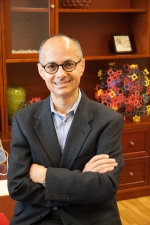


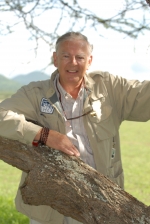

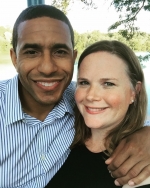
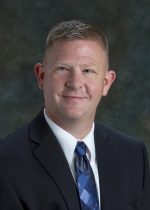
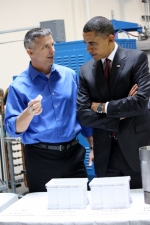

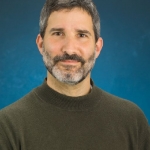
© 2025 The News-Gazette, All Rights Reserved | 201 Devonshire, Champaign, IL | 217-351-5252 | www.news-gazette.com
